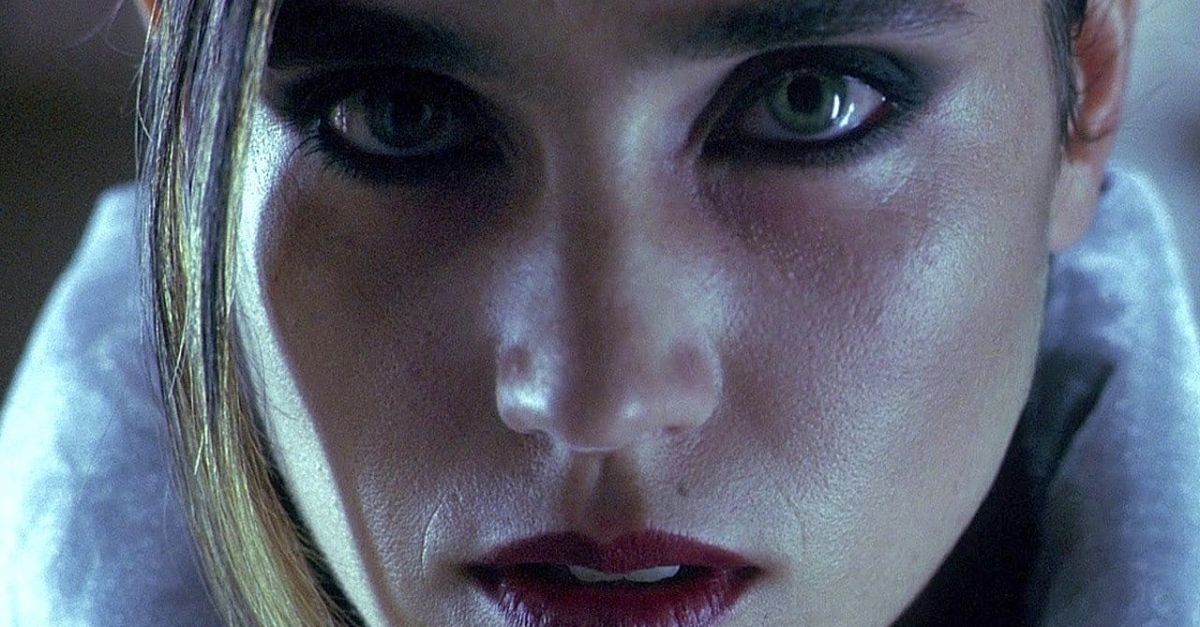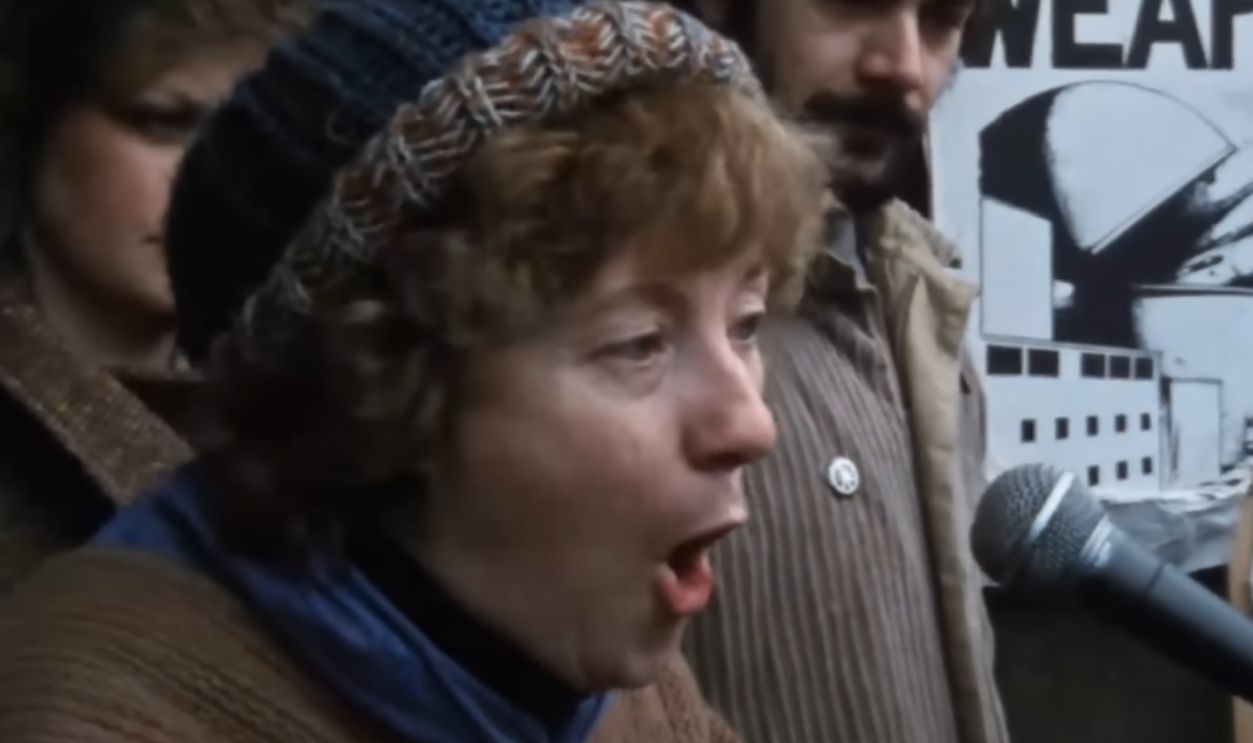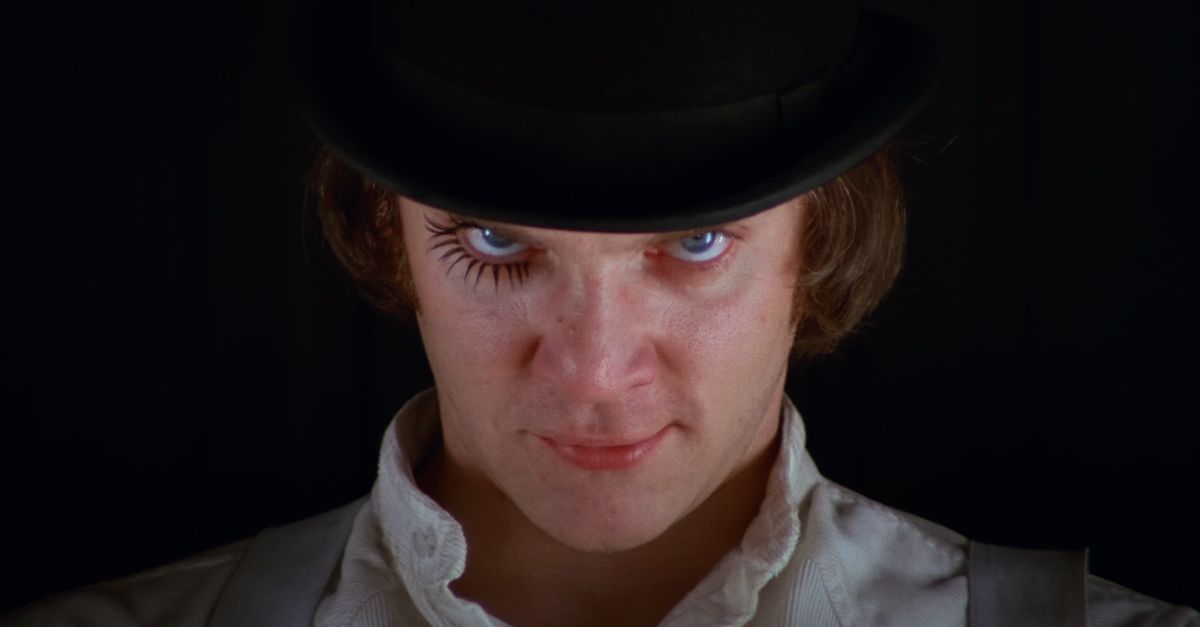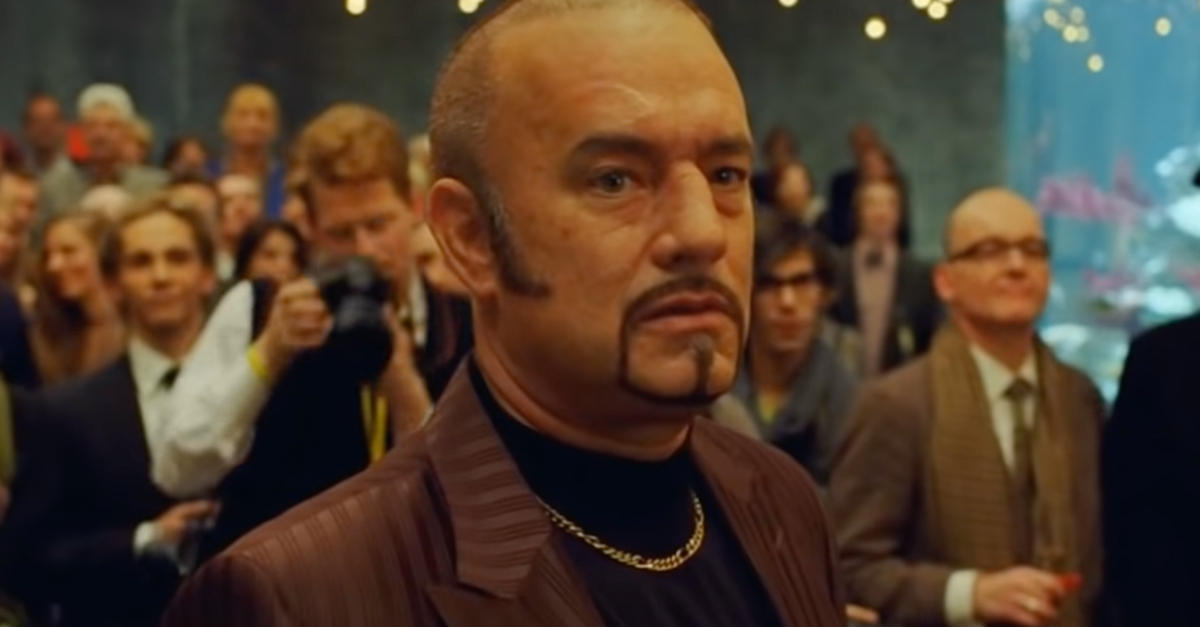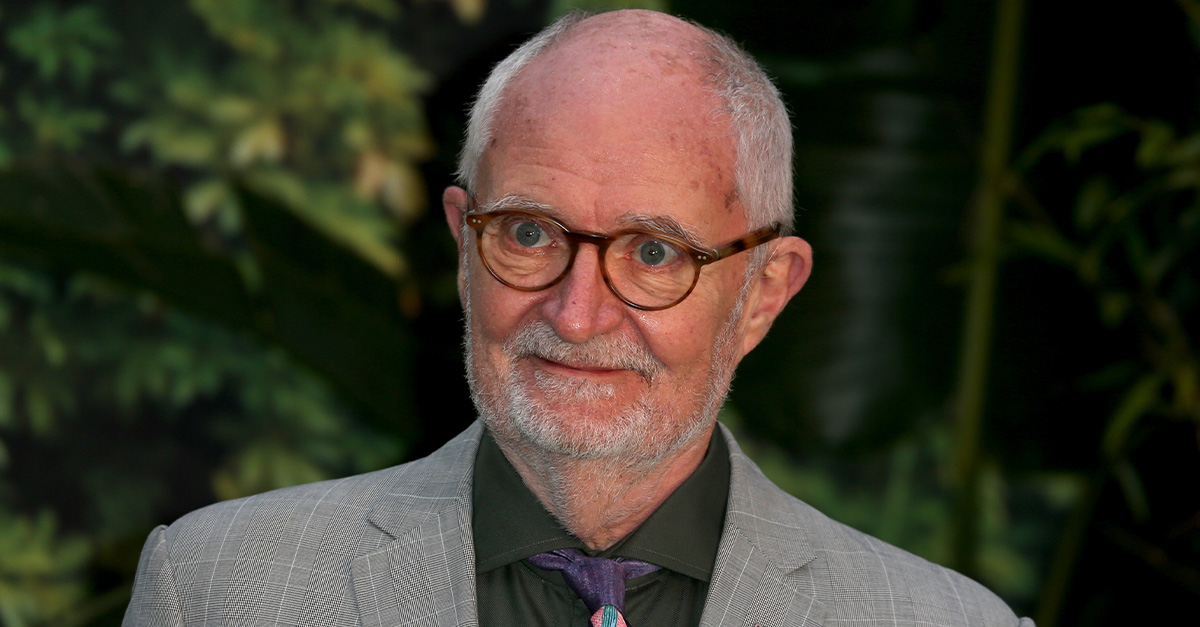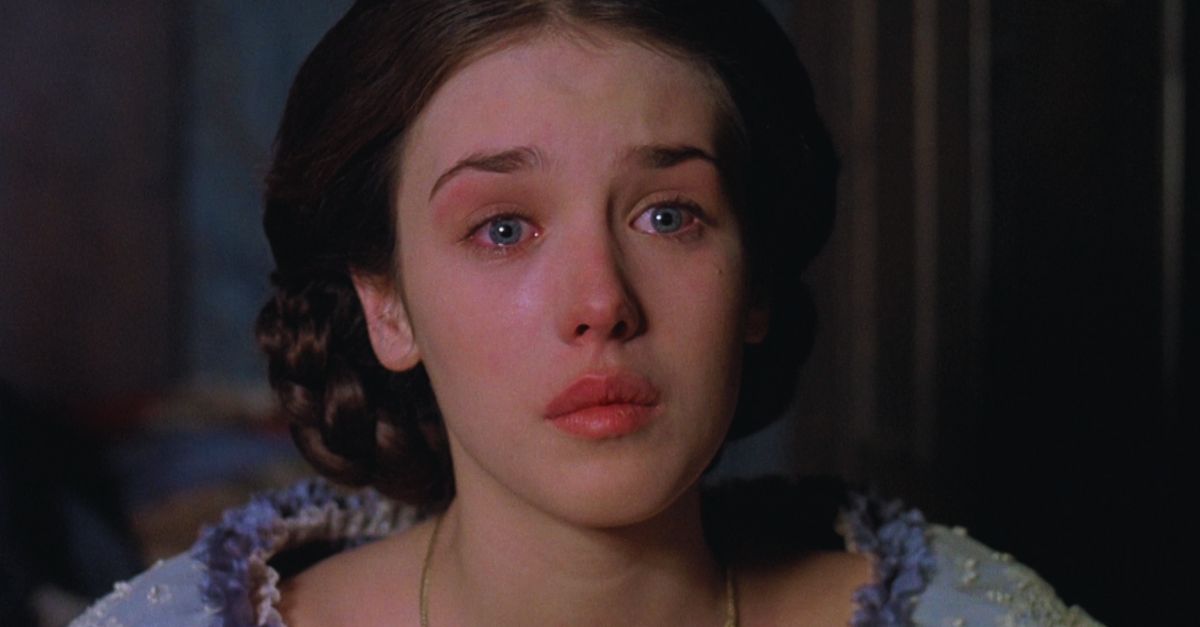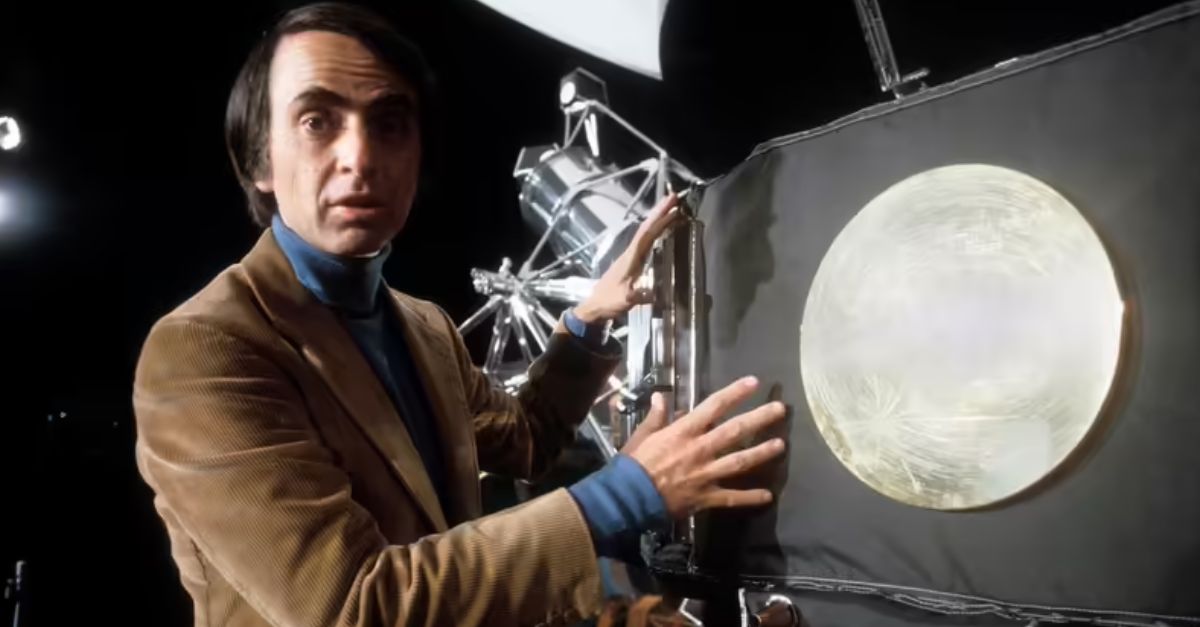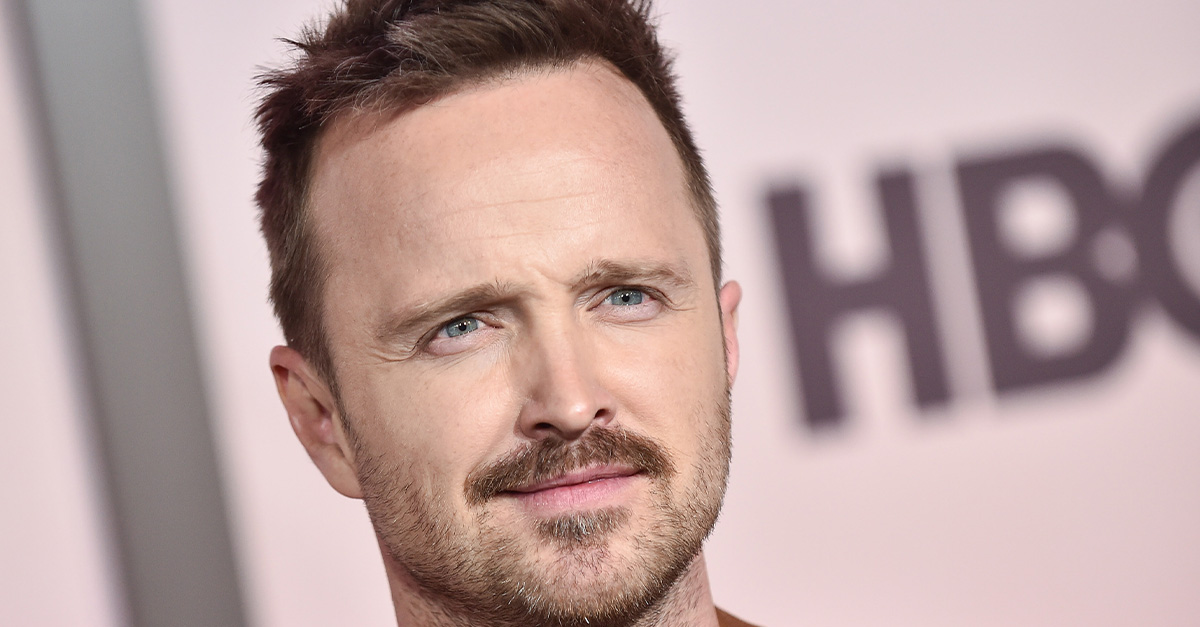Films That Prove Hope Can Be The Cruelest Illusion
Some films refuse to comfort. They don’t hand out heroes or last-minute miracles—only the slow collapse of everything that once seemed safe. These stories expose humanity stripped bare, where every triumph curdles into tragedy.
Requiem For A Dream (2000)
Darren Aronofsky’s devastating character study intertwines four lives—Sara, Harry, Marion, and Tyrone—each consumed by addiction and illusion. A pursuit of fulfillment became mutual destruction, where every dependency becomes another step toward ruin. The film’s final montage exposes how fragile dreams can rot from the inside until nothing remains but absence.
 Summit Entertainment, Requiem for a Dream (2000)
Summit Entertainment, Requiem for a Dream (2000)
The Mist (2007)
In the film’s harrowing climax, David Drayton’s decision to spare his companions from monstrous torment becomes the cruelest twist of fate because rescue arrives moments after they pass. The tragedy lands with surgical precision, proving that moral conviction and human frailty can destroy with equal force.
 Dimension Films, The Mist (2007)
Dimension Films, The Mist (2007)
Se7en (1995)
As John Doe’s plan unfolds, David Fincher’s neo-noir masterpiece dismantles the notion of justice by turning victory into corruption, and the discovery of a box seals every character’s fate: Detective Mills succumbs to vengeance, his wife becomes the final sin, and Somerset’s belief in moral order dissolves. The killer triumphs because he converts righteousness into ruin.
Dr Strangelove (1964)
This apocalyptic satire forces audiences to laugh as the world dies in a collision of absurdity and annihilation rarely matched in cinema. By reducing nuclear destruction to bureaucratic mishap, the film changes laughter into complicity. World leaders, detached and impotent, become spectators to their own undoing, and miscommunication triggers global extinction.
 Columbia Pictures, Dr. Strangelove (1964)
Columbia Pictures, Dr. Strangelove (1964)
Grave Of The Fireflies (1988)
Capturing war’s quietest and cruelest victims with haunting precision, Isao Takahata’s animated masterpiece chronicles two siblings struggling against starvation and neglect amid Japan’s wartime collapse. Each scene strips away illusion until only futility remains: no rescue and no redemption, just the slow erosion of childhood itself.
 Studio Ghibli, Grave of the Fireflies (1988)
Studio Ghibli, Grave of the Fireflies (1988)
Threads (1984)
This BBC production remains the most haunting portrayal of nuclear annihilation ever televised. Through chilling realism, Threads exposes society piece by piece, erasing hope and order. Its unflinching depiction of post-war Britain reveals permanent psychological ruin to prove that extinction can feel painfully slow.
Come And See (1985)
Told through a Belarusian boy’s eyes, Come and See turns innocence into horror during Nazi occupation. Elem Klimov’s decision to use live ammunition intensifies the realism, making every scene unbearably authentic. By the end, childhood itself lies obliterated as another casualty of humanity’s unending appetite for combat.
The Killing Of A Sacred Deer (2017)
Yorgos Lanthimos reimagines Greek tragedy with surgical precision and turns a modern family into sacrificial victims of moral imbalance. Every member suffers irreversible damage as psychological torment replaces reason. By the film’s end, guilt and grief consume all—leaving only emotional wreckage where absolution once seemed possible.
 Element Pictures, The Killing of a Sacred Deer (2017)
Element Pictures, The Killing of a Sacred Deer (2017)
Funny Games (1997)
When two intruders destroy a family’s peace, they also break the audience’s illusion of safety. Michael Haneke’s chilling experiment strips away cinematic comfort to force viewers to witness senseless cruelty. Haneke’s direct address turns horror into accusation and makes survival feel like complicity once violence loses meaning.
Melancholia (2011)
Lars von Trier envisions the apocalypse as psychological surrender, where despair eclipses science. As a rogue planet collides with Earth, Kirsten Dunst’s haunting performance represents acceptance over survival. The planet’s final dance ends with complete annihilation, where peace only arrives through cosmic destruction.
 Magnolia Pictures, Melancholia (2011)
Magnolia Pictures, Melancholia (2011)
The Vanishing (1988)
This Dutch thriller was a disappearance that turned into existential horror. Adapted from The Golden Egg, it follows a man’s obsessive search for his missing lover, ending with him buried alive. The kidnapper’s calm detachment seals the tragedy, leaving evil triumphant and closure forever denied.
 Golden Egg Films, The Vanishing (1988)
Golden Egg Films, The Vanishing (1988)
The House That Jack Built (2018)
Jack recounts his murders, while his art and atrocity intertwine until he faces judgment in Hell itself. Lars von Trier crafts a descent through madness and damnation, and Jack’s final fall from the infernal bridge literalizes eternal punishment. The movie shows that brilliance and depravity often share roots.
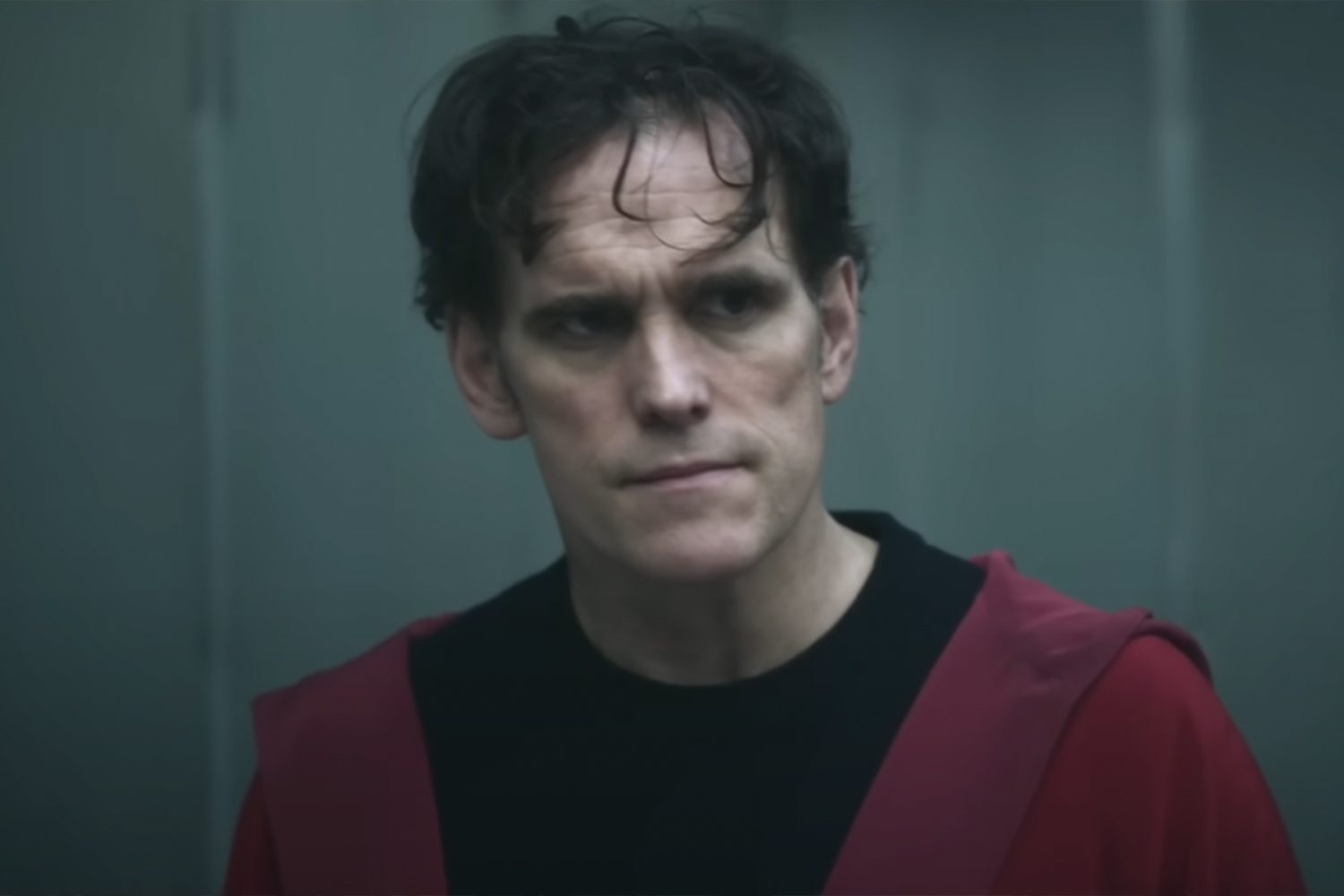 Nordisk Film, The House That Jack Built (2018)
Nordisk Film, The House That Jack Built (2018)
Brazil (1985)
Terry Gilliam’s dystopian vision ends not in revolution but delusion. Bureaucracy crushes rebellion as Sam Lowry, tortured into madness, retreats into fantasy. His dream of freedom becomes catatonia’s prison, and the system endures untouched. Even Gilliam’s cut faced suppression—reality mirroring the hopelessness he depicted.
 Universal Pictures, Brazil (1985)
Universal Pictures, Brazil (1985)
A Serbian Film (2010)
Forced into unspeakable acts, Milos becomes both perpetrator and victim. Srdjan Spasojevic’s political allegory weaponizes exploitation to expose corruption’s total reach. By the conclusion, the family lies in ruins, their ends completing the film’s grim circle, leaving audiences shaken by the cost of complicity.
 Unearthed Films, A Serbian Film (2010)
Unearthed Films, A Serbian Film (2010)
The Rapture (1991)
This spiritual drama tracks Sharon’s collapse from indulgence to fanaticism. Mimi Rogers portrays her transformation with haunting restraint as faith curdles into despair. When divine mercy fails, Sharon rejects salvation itself, condemned to eternal isolation in a chilling vision of belief devouring the soul it promised to save.
 Fine Line Features, The Rapture (1991)
Fine Line Features, The Rapture (1991)
The Seventh Continent (1989)
Alienation takes center stage in Michael Haneke’s debut, a study of family life stripped of warmth and connection. Their quiet retreat from society ends in collective suicide, filmed with chilling detachment and inspired by actual events that expose an enduring existential void.
 Wega Film, The Seventh Continent (1989)
Wega Film, The Seventh Continent (1989)
Eden Lake (2008)
James Watkins’s British horror offers no heroes, only aftermath. Kelly Reilly’s survivor escapes teenage tormentors only to face their complicit parents. Every act of violence circles back to ensure that innocence, justice, and sanity perish together. By dawn, civility itself feels like the film’s most convincing illusion.
 Optimum Releasing, Eden Lake (2008)
Optimum Releasing, Eden Lake (2008)
Nightmare Alley (2021)
In this noir revival, Guillermo del Toro transforms ambition into self-destruction. Bradley Cooper’s charismatic grifter goes beyond the carnival hierarchy only to complete the circle as the degraded “geek”. Every deception erodes his humanity until illusion becomes identity.
 Searchlight Pictures, Nightmare Alley (2021)
Searchlight Pictures, Nightmare Alley (2021)
House Of Sand And Fog (2003)
This adaptation of Andre Dubus III’s novel exposes the American dream with precision. Jennifer Connelly and Ben Kingsley represent a tragedy where pride and miscommunication destroy two families. By the end, multiple deaths leave victory meaningless, with every dream reduced to ashes.
 DreamWorks Pictures, House of Sand and Fog (2003)
DreamWorks Pictures, House of Sand and Fog (2003)
The Killing (1956)
A racetrack heist unfolds with surgical precision—until chance, betrayal, and chaos tear it apart. In The Killing, Stanley Kubrick turns mastery into futility as death, prison, and scattered money leave perfection itself mocked by fate’s indifference.
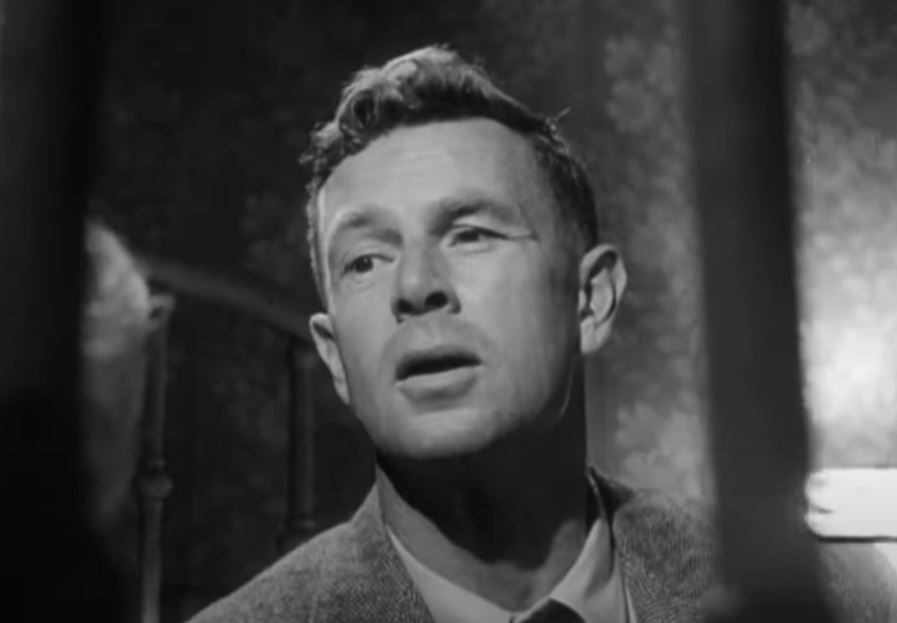 United Artists, The Killing (1956)
United Artists, The Killing (1956)
The War Zone (1999)
In his directorial debut, Tim Roth confronts trauma without mercy. Based on Alexander Stuart’s novel, the movie strips the family unit of all safety. Ray Winstone, Lara Belmont, and Freddie Cunliffe inhabit a home collapsing under horror, where silence and revelation destroy everyone who remains.
 FilmFour Distributors, The War Zone (1999)
FilmFour Distributors, The War Zone (1999)
On The Beach (1959)
As radiation drifts southward, the last survivors wait for extinction in Stanley Kramer’s On the Beach. Adapted from Nevil Shute’s novel, it turns apocalypse into a whisper—science sealing humanity’s fate with calm, merciless certainty.
 United Artists, On the Beach (1959)
United Artists, On the Beach (1959)
Dancer In The Dark (2000)
Lars von Trier’s musical tragedy weaponizes emotion to unbearable effect. Bjork’s raw performance as Selma, a mother sacrificing herself to protect her son, earned Cannes’s top prize. Her execution secures his safety yet annihilates meaning, leaving beauty and suffering indistinguishable in the director’s merciless vision.
 Fine Line Features, Dancer in the Dark (2000)
Fine Line Features, Dancer in the Dark (2000)
Nineteen Eighty-Four (1984)
This adaptation of Orwell’s novel turns rebellion into indoctrination. John Hurt’s Winston Smith endures systematic psychological and physical torture until he betrays love and self. The Party’s perfection lies in that victory, where truth bends and freedom dies.
 Virgin Films, Nineteen Eighty-Four (1984)
Virgin Films, Nineteen Eighty-Four (1984)
Testament (1983)
Adapted from Carol Amen’s short story, the movie captures nuclear devastation through domestic intimacy. Jane Alexander’s Oscar-nominated performance grounds a family’s slow disintegration as fallout consumes their California town. Each scene documents civilization’s quiet collapse until love itself becomes an unburied memory.
 Paramount Pictures, Testament (1983)
Paramount Pictures, Testament (1983)

